LiDAR
Our Programme acquires Light Detection and Ranging (LiDAR) data for our entire South West coast once every two years. It is flown during the winter months at the lowest state of tide. LiDAR is a remote sensing method of data collection. It uses light, in the form of a pulsed laser, to measure ranges (distances) to the ground, usually captured from an aircraft. This enables highly accurate elevation data to be captured in a very short space of time.
It is an extremely efficient method of data collection as large areas of coastline can be captured in a single swath of an airborne sortie. The height data can be used to detect elevation changes, which supports coastal modelling and ground truthing.
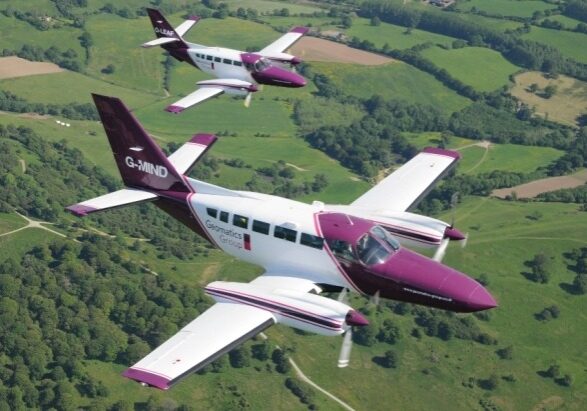
Data Capture
The Geomatics team of the Environment Agency capture the LiDAR data for us. They produce two LiDAR outputs, unfiltered and filtered. Unfiltered LiDAR data contains buildings and vegetation, whereas filtered LiDAR has buildings and vegetation removed to produce ‘bare earth’ terrain data. The majority of our LiDAR data has a processed grid resolution of 1 m, though in some areas it is collected at a 0.5 m resolution.
Our LiDAR data not only captures the intertidal area of the beach, but the area where land meets the sea (which is not always picked up during on foot ground surveys). Unlike our aerial photography, LiDAR can be flown at night, allowing further flexibility to collect data around the low tidal cycle.
Data Outputs
The LiDAR outputs provide coastal change detection, elevation information and support coastal modelling and flooding risk of various coastal schemes. Examples of main data outputs are shown below, which include 2D and 3D elevation data and difference models highlighting coastal change. Other outputs from LiDAR can include contour delineation, feature classification, slope angle and cliff line mapping.
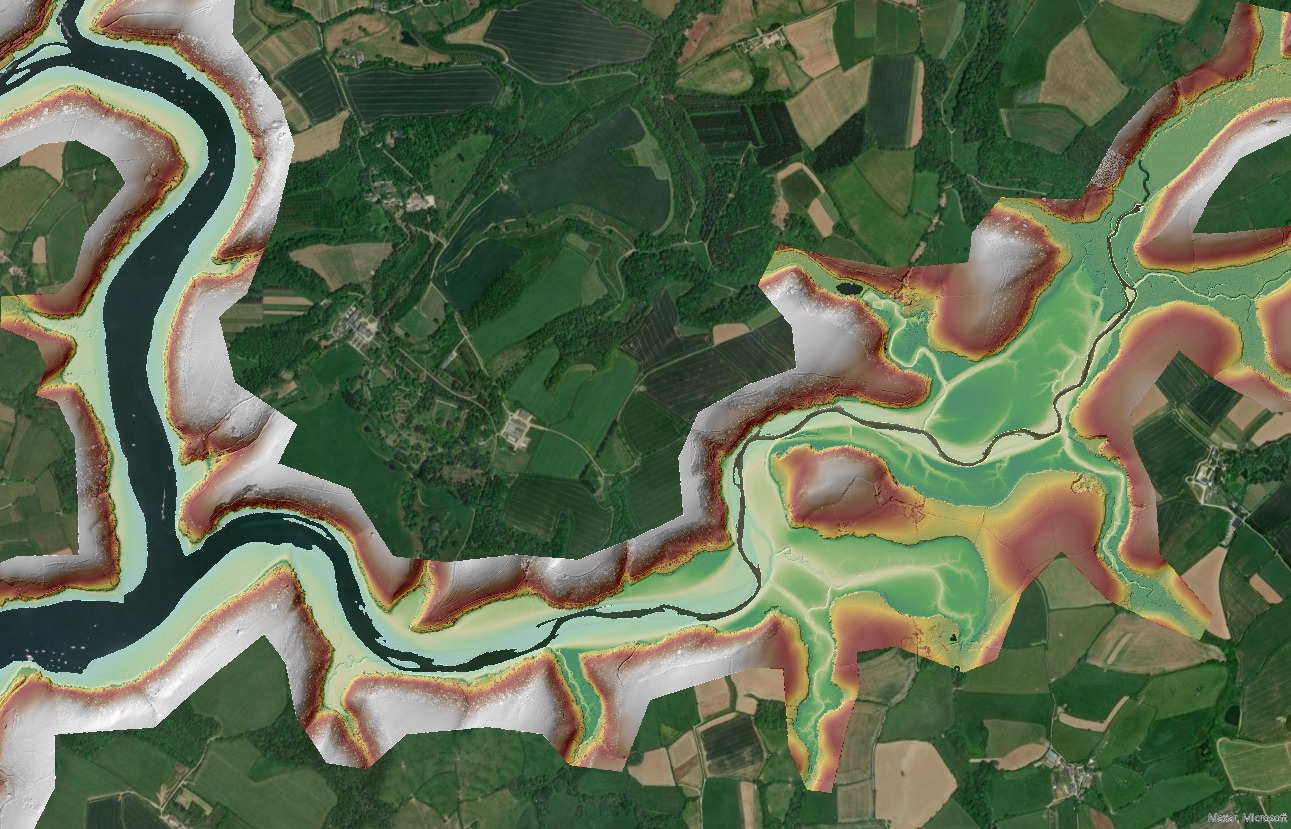
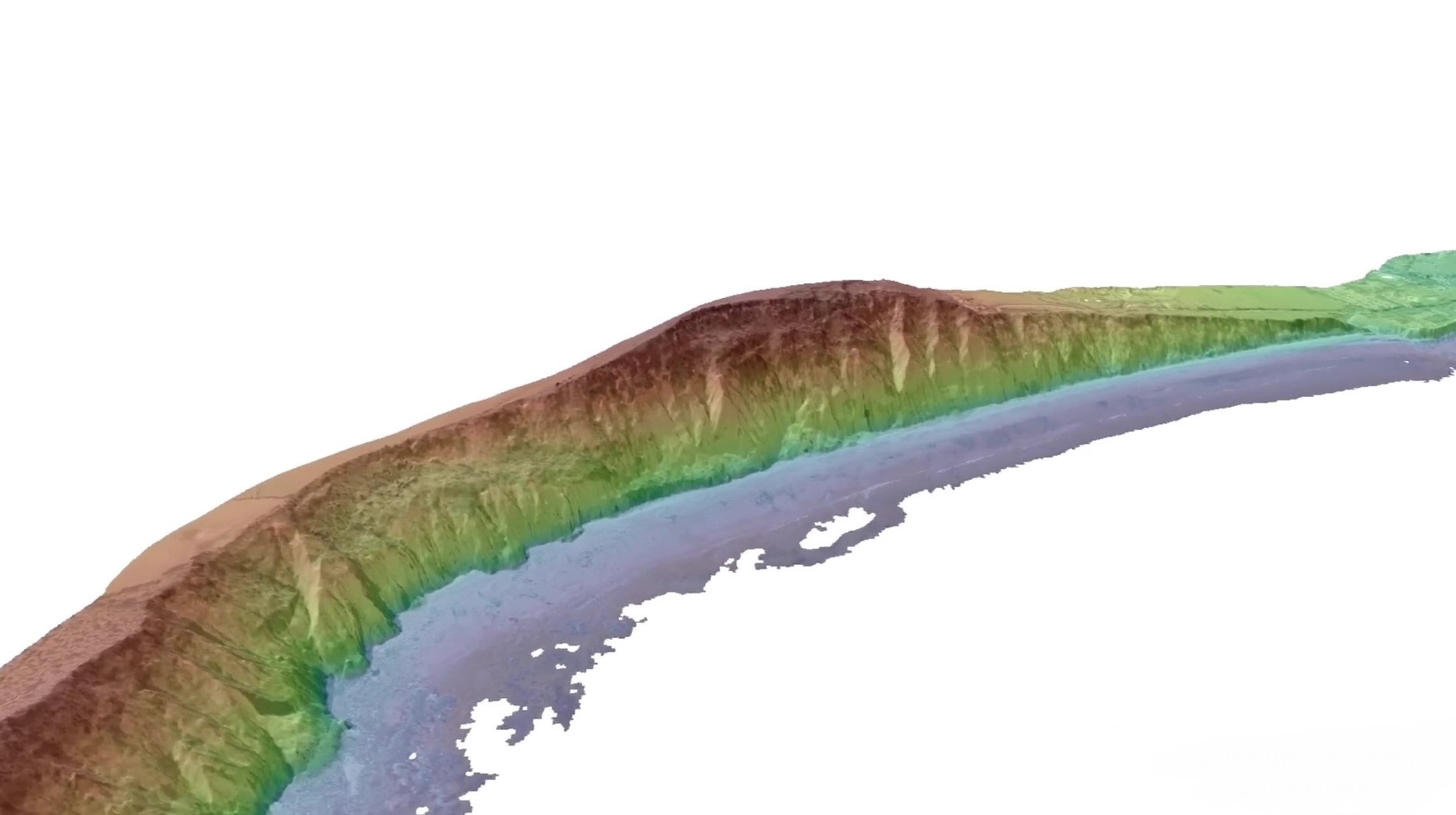
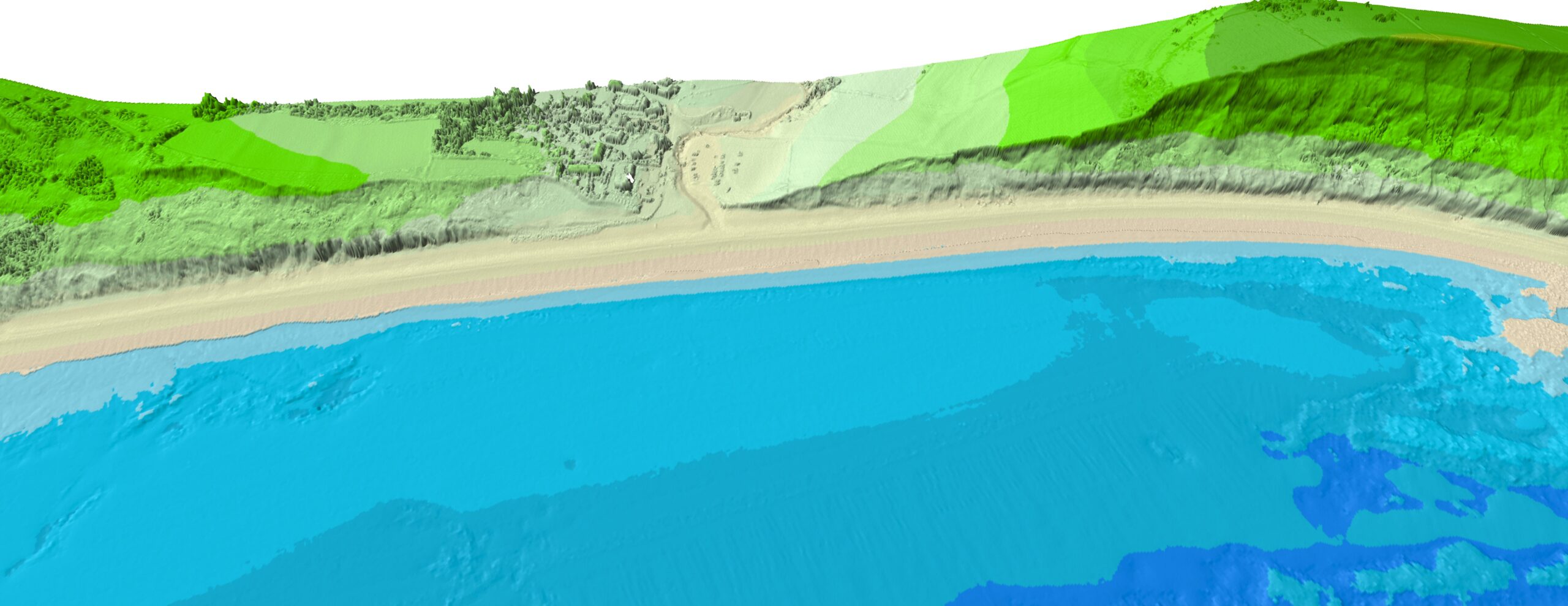













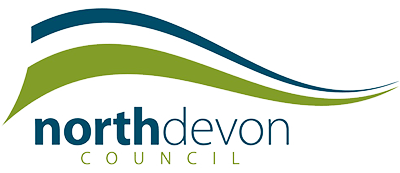






Let's Keep In Touch
We’ll keep you up-to-date with all the latest news on this website, but we’d also love to be able to send the occasional update.
We promise we'll only use your details to tell you about what we’ve been doing.
